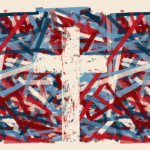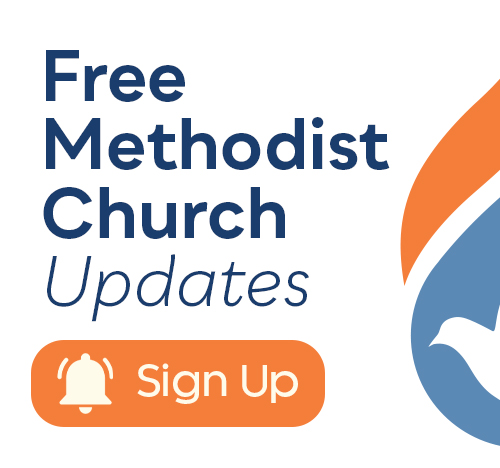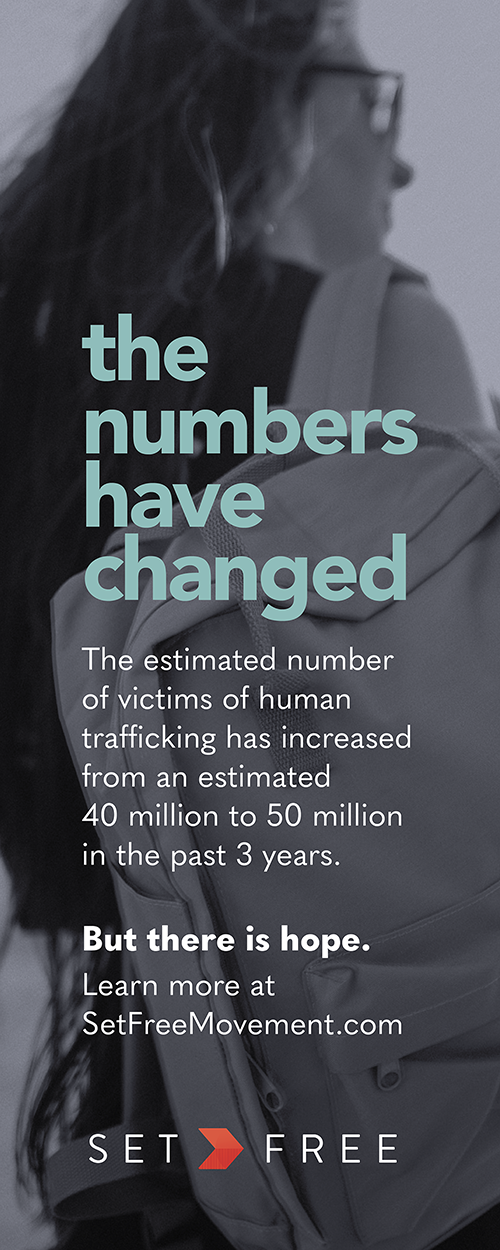By John Carter Adams
The Gift of Peace
“I am leaving you with a gift — peace of mind and heart. And the peace I give is a gift the world cannot give. So don’t be troubled or afraid.” (John 14:27 NLT)
Peace is more than the absence of conflict; it is the intentional destruction of chaos and the establishment of divine order. The ancient Hebrew word shalom reveals a deeper meaning: “to destroy the authority that establishes chaos.” From the beginning, humanity has been entrusted with this task. Genesis 1:26 (NLT) states, “Let Us make human beings in Our image, to be like Us,” embedding within us the divine purpose to co-create order alongside God.
But how do we fulfill this calling? What does it mean to move from chaos to order, and how do we live as bridges between heaven and earth? To explore this, let us delve into the biblical narrative and examine two figures who embody these principles: Moses and Jesus.
Humanity’s Divine Purpose
The call to create order begins in Genesis 1. Humanity is made in God’s “image” (tselem), symbolizing the ability to creatively and constructively manage chaos. Furthermore, “likeness” (demuth) points to our role as secure bridges between heaven and earth. This dual purpose of reigning over creation and fostering divine connection is illustrated in Genesis 2, where Adam names the animals, participating in God’s creative process.
_
“In the modern world, this calling translates to tangible acts of creativity.”
_
This foundational purpose extends into the rhythms of our daily lives. Every act of stewardship — whether in our families, workplaces, or communities — echoes the original call to transform chaos into order. In the modern world, this calling translates to tangible acts of creativity. Consider a pile of lumber delivered to a home improvement store or rolls of fabric in a sewing room. These raw materials embody potential — chaos awaiting order. A builder creates a home; a seamstress crafts garments. This is humanity reflecting the image of God.
Moses: Consuming Chaos
The story of Moses demonstrates how obedience to God can transform chaos into order. At the Red Sea, Moses faces the ultimate representation of chaos: turbulent waters and the pursuing Egyptian army. With God’s power, Moses parts the sea, creating a path of safety for the Israelites and consuming the chaos of their oppressors.
In Deuteronomy 6:4, the Shema begins, “Hear, O Israel” (KJV). The word “hear” implies not only listening but also obeying. Moses teaches Israel that obedience to God’s commandments leads to societal order and freedom. This principle is reflected in the Ten Commandments, which establish a moral framework to counteract the chaos of sin.
Israel is the nation (people) that has been given the authority to destroy chaos. According to Romans 11:19–24, Jesus has grafted the new believers into His people. What is the implication then? The followers of Jesus are taught the way of the Lord. Yes, what way is that? One way is to be consumers of chaos. Followers of Jesus have been given the authority to consume chaos. The creation description of people’s involvement matches the result of Jesus being Lord of our lives: being followers, being grafted, being eaters of chaos.
Moses’ life challenges us to consider how we might “hear and obey” in our own contexts. Where are the places of chaos in our lives that need to be parted, and how can we, through God’s guidance, create pathways of peace?
Jesus: Calming the Storm
Jesus’ ministry is the ultimate example of creating divine order. In Mark 4:35-41, Jesus calms a raging storm. The disciples panic as thunder, wind, and waves threaten their lives. Yet, Jesus rebukes the storm, saying, “Peace, be still” (NKJV). The chaos obeys, and calm prevails. This act not only demonstrates Jesus’ authority over nature but also symbolizes His power to bring peace to our inner turmoil.
_
“Our role is to discern the difference and act accordingly, nurturing constructive chaos and dismantling destructive forces.”
_
In another instance, Jesus walks on water, embodying triumph over chaos (Matthew 14:22-33). His invitation to Peter to join Him reflects our call to step out in faith, trusting that God empowers us to overcome the chaos around us. These stories invite us to examine the storms in our lives and consider how we can invite Jesus to speak peace into those situations.
Constructive vs. Destructive Chaos
Not all chaos is inherently destructive. Genesis 1:2 describes the earth as “formless and void” (AMP, NASB1995) before God begins His creative work. Constructive chaos is the raw potential from which order can emerge. This is the chaos of a blank canvas, an unplowed field, or a new beginning.
However, destructive chaos — the chaos of oppression, sin, and disobedience — must be addressed with urgency. For example, consider the contrast between Hungary and Romania after the fall of communism. Hungary embraced creativity and renewal as evident in vibrant communities and flourishing innovation. Romania, by contrast, remained under the gray shadow of destruction with its people stifled by years of imposed chaos.
Our role is to discern the difference and act accordingly, nurturing constructive chaos and dismantling destructive forces.
Becoming Human
In Luke 9:1-2, Jesus empowers His disciples, giving them “power and authority to cast out all demons and to heal all diseases” (NLT). This authority extends to us today, as we are called to participate in God’s mission of restoring order. To be human, then, is not merely to exist but to actively fulfill our purpose as co-creators with God.
This concept is echoed in the question, “Are you becoming human?” True humanity reflects God’s image by fostering peace, creating order, and bridging heaven and earth. As Ephesians 4:11–12 states, “Now these are the gifts Christ gave to the church: the apostles, the prophets, the evangelists, and the pastors and teachers. Their responsibility is to equip God’s people to do His work and build up the church, the body of Christ” (NLT).
_
“Jesus becomes the consumer of chaos.”
_
Our journey toward becoming truly human involves embracing these roles, recognizing that each of us has a unique contribution to make in God’s kingdom. Whether through teaching, serving, or leading, we participate in the divine act of bringing order to the world.
There is another journey most humans are going to take or have taken. This journey starts at death. Dying is back-translated from a word picture perspective. You have the sign or complete of chaos, or you could say the ultimate chaos.
How does Jesus deal with this ultimate form of chaos?
Jesus told her, “I am the resurrection and the life. Anyone who believes in me will live, even after dying. Everyone who lives in me and believes in me will never ever die. Do you believe this, Martha?” (John 11:25–26 NLT)
But God released him from the horrors of death and raised him back to life, for death could not keep him in its grip. (Acts 2:24 NLT)
Jesus becomes the consumer of chaos. What a wonderful title for Jesus. What a wonderful thing Yahweh has done for us and the world.
The Gift of Peace
Jesus’ parting words in John 14:27 remind us of the peace that transcends understanding. This peace is not passive but active — an invitation to destroy the authority of chaos in our lives and in the world. As we embrace this calling, we find joy, creativity, and fulfillment in being co-regents with God.
So the question remains: Are you becoming human? Are you stepping into your divine purpose to create order, bridge heaven and earth, and live in the peace of God’s kingdom? As we answer these questions, may we move boldly from chaos to order, carrying the light of Christ into a world in need of restoration.
Resources:
- “Hebrew Word Pictures” by Frank T. Seekins
- “Salvation Means Creation Healed: The Ecology of Sin and Grace” by Howard A. Snyder (Author), with Joel Scandrett
- “Hebrew Word Study” by Skip Moen
+

John Carter Adams holds a master’s degree from Wheaton College in Evangelism & Discipleship. He is the retired vice president of the Institute for Emerging Itinerant Evangelists, a ministry of East West Ministries International in Plano, Texas.











